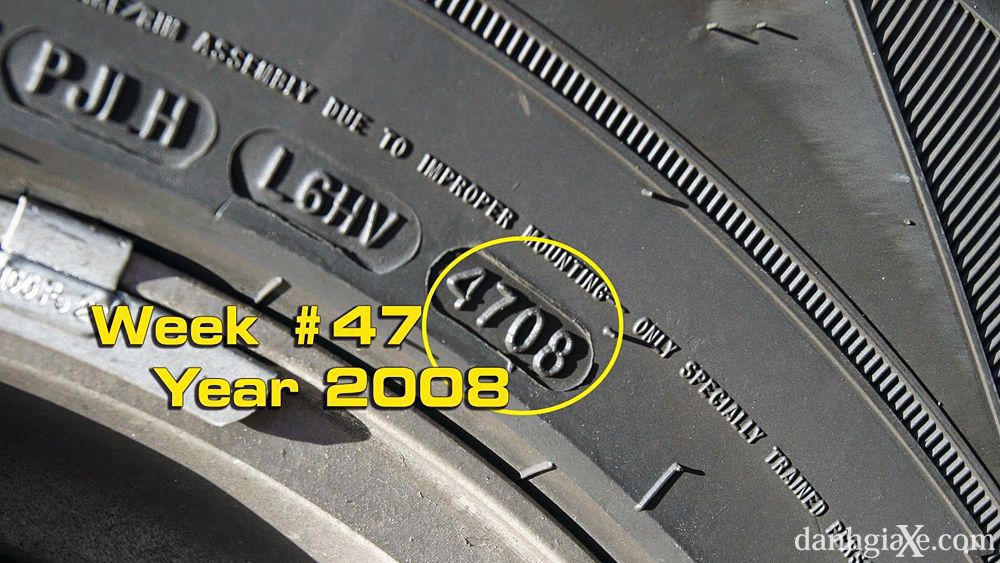So, I'm getting close to replacing the tires on my truck. The BFG KO2's that were on it when I bought it are about shot. They have 67,500 miles on them and are loud, slippery, and hard as a rock. They're also somewhat cracked/dry rotted on the sides. Time for some new ones.
As I was reading the sidewall to get the size and load ratings on them. I noticed the date code was 7111. Normally the first two digits are the week, and the second two digits are the year.
I can believe a 2011 year of manufacture. I've had them for 3, so 6 years is a bit old to install when new, but not absurd. The 71st week of the year doesn't exist, and that number doesn't make any sense.
Anyone else seen this before? Any idea what's going on here?
Most likely going to get a set of Continental Terrain Contact A/T's to replace these KO2's. I've never needed the "ruggedness" or the offroad ability of the KO2's, and honestly they suck at just about everything else. Wet traction is absurdly poor, they're loud as dammit, and they weigh a ton (53 lbs a piece is excessive IMO). Might be good for some, they're clearly not for me. Only thing I really like about them is the appearance; they do look pretty cool!
My wife's jeep got the contis on it for skiing.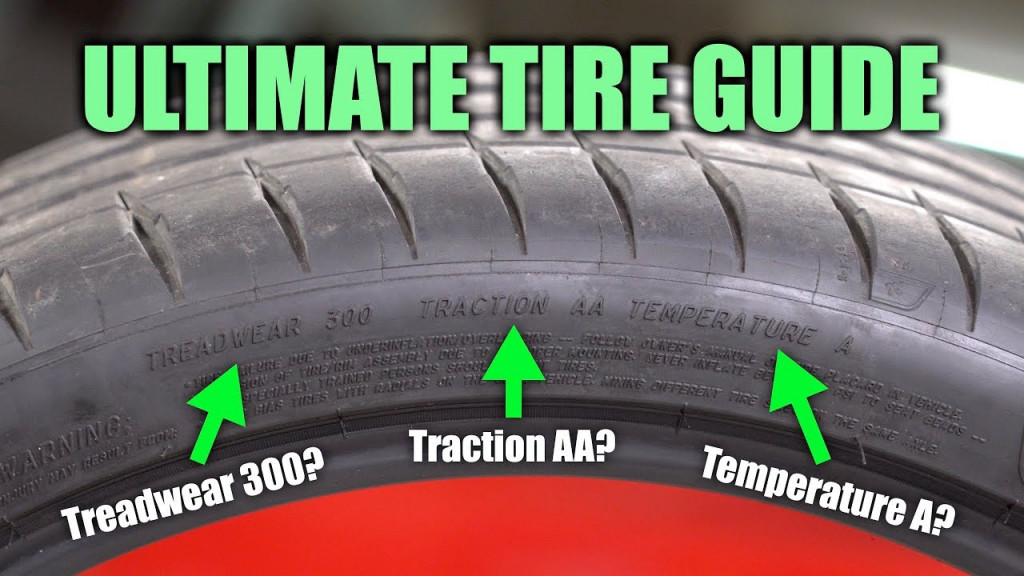 They are great in all conditions. The tire noise was noticeable compared to no traction tires that came with if from the factory. The siping helps a lot in the snow.
They are great in all conditions. The tire noise was noticeable compared to no traction tires that came with if from the factory. The siping helps a lot in the snow.
2017 F-150 Platinum crew 3.5 EB , fox 2.0 shocks 2015 SX210 Cobra fins and fangs, stoltz rollers , 8 inch sub and amp, upgraded polks, EZ locks, Mega Fangs, Oceansouth Bimini extension and HYDROPHASE
Is there another four digit number? I had a set of KO2s that had 7111 and another number on it that was the date code. Never did figure out what the 7111 was for.
Never did figure out what the 7111 was for.
Do you have your tires black side wall out? If so, check the other side. Sometimes the full DOT code is only on one side and it's usually the RWL side.
Currently Boatless
Tow Rig
2017 Ram 2500 Mega Cab Laramie 6.7l Turbodiesel ~ Silver ~ 370hp ~ 800lb-ft
20" Vision wheels ~ 35" BFG AT KO2 Tires
EBC slotted-dimpled rotors & Yellowstuff pads ~ King Racing shocks - Bilstein dual steering stabilizer
F.
M. said:
Do you have your tires black side wall out? If so, check the other side. Sometimes the full DOT code is only on one side and it's usually the RWL side.
Click to expand...
I do have blackwall out. Hadn't considered checking the other side of the tire.
Of course it's raining today, so I might be a day or two before I climb under there to check.
wTheOnew said:
Is there another four digit number? I had a set of KO2s that had 7111 and another number on it that was the date code.
Never did figure out what the 7111 was for.
Click to expand...
Very interesting. It's EXACTLY where the date code is "normally" located. Hence the confusion.
@F.M. Nailed it. Date code was on the "inside" of the tire. No longer any white walls in there due to age/wear, but the date code was present. Same 7111 code as @wTheOnew had though.
Outside of tire (right rear).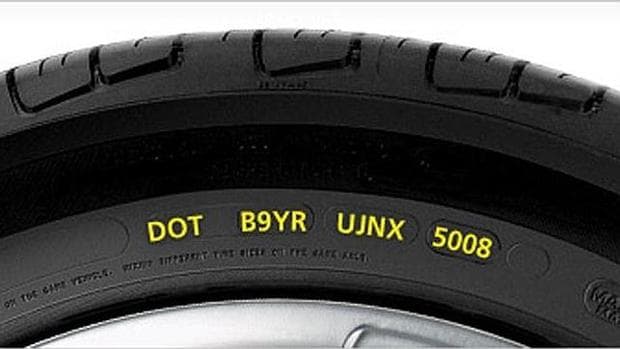 Good grief they look so dry rotted in this picture.
Good grief they look so dry rotted in this picture.
Inside of tire (left front). Even more dry rot here. Seems odd for a tire that is just under 4 years old. Might explain why they are hard at a brick-bat, and SUCK in the rain though.
7111 is the Dimensional code (sculpture)
Almost all tires are crap now.
At my dealership what used to be quality long lasting tires are shit.
I used to be a strictly Michelin buyer even though they were expensive. They would outlast anything. Now in the last few years they wear out in half the mileage rating. We sell a lot of General Tires now they are cheap and seem to last.
The wifes 4runner has Nitto terragraplers and are wearing decent but since she will never see off road it will get a HT tire when it needs tires.
My tundra has Dunlop and after only 7000 miles they are wearing like shit. And i have checked my alignment on both vehicles every 6 months
"Changes in Lattitudes, Changes in Attitudes"
There is always the BFG AT KO2 DT which has a different/harder tread compound and actually comes with a 50k mile warranty.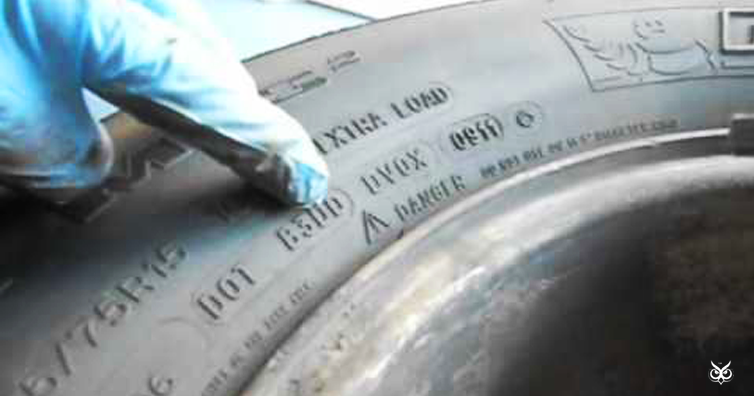 Only problem is they are in limited sizes (265-285 section widths only).
Only problem is they are in limited sizes (265-285 section widths only).
Currently Boatless
Tow Rig
2017 Ram 2500 Mega Cab Laramie 6.7l Turbodiesel ~ Silver ~ 370hp ~ 800lb-ft
20" Vision wheels ~ 35" BFG AT KO2 Tires
EBC slotted-dimpled rotors & Yellowstuff pads ~ King Racing shocks - Bilstein dual steering stabilizer
These BFGs have worn great. I still have some miles left on them and I've already put 67k on them.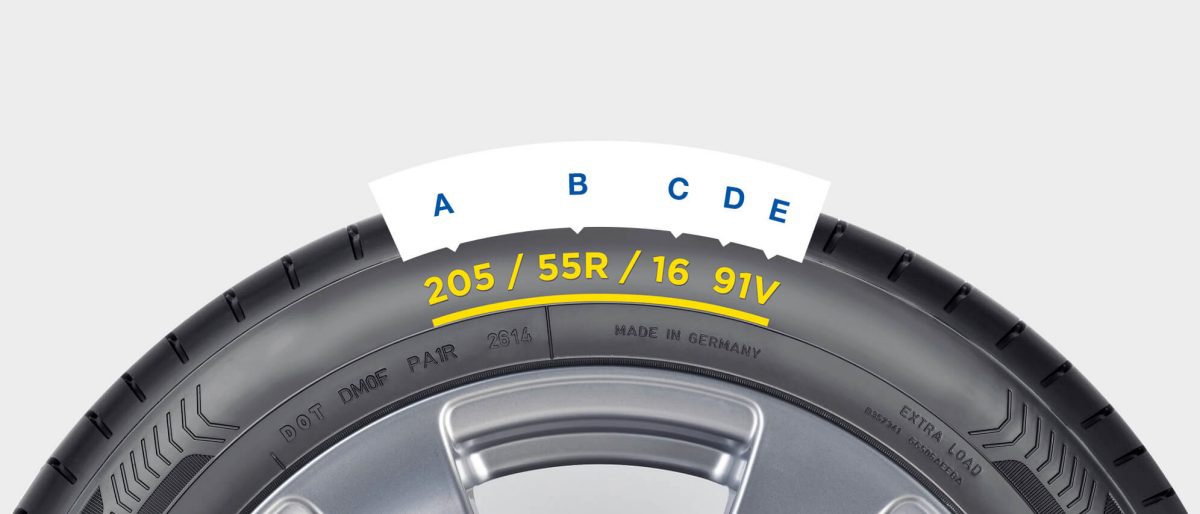
Off-road traction is phenomenal. Rain traction sucks bad. They are extremely loud, hard as a rock and heavy as dammit. They're 53lbs a piece. The continentals I'm going to put on are 42lbs a piece. 11lbs difference, or 44lbs or rotating weight dropped off. That HAS to help the life of the shocks, ball joints, tie rods, etc, as well as help fuel economy and acceleration.
I've always had great success with Continentals. Ran the Extreme Contact DWS in my RX8, and A4. The cross contacts in my wife's Traverse and the conti-pros on my Focus. They wear well and have consistent traction over the life of the tire. Hoping the Terrain Contact ATs serve me well.
Can’t help with time stamp, but have loved both the Nitto Terra grappler G2s and Ridge Grapplers.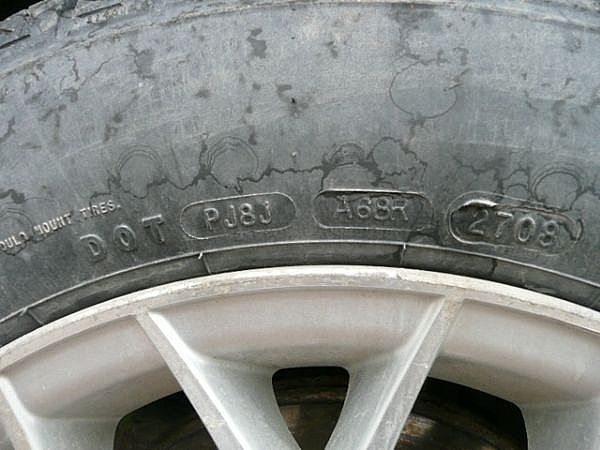 Zero issue in Florida rain and oil slick roads.
Zero issue in Florida rain and oil slick roads.
Tow Vehicle: 2020 Ram 1500 Laramie Longhorn 5.7L
Primary Boat: 2021 252SE
Rental Boats: 2020 FSh295 Deluxe; 2022 Sea-Doo Switch (On Order)
Tire age is a tricky subject at Coker Tire, because we manufacture NEW tires that look like old tires. There can be some confusion in regard to tire age, and that's why we wanted to put together this guide to decoding your tire and therefore determining the tire's age. The tire industry has some loose guidelines on tire age that call for tire replacement after 6 to 10 years of service. On a daily driver, you'll likely wear out the tread before the 6-10 year window, but on a collector vehicle, the tire could expire well before the tread is gone. Even if a car is stored inside and the tires pass a visual inspection (no cracks, dry-rot or other visible deterioration) we typically suggest replacement after 10 years if you plan on driving it.
So, what happens if you drive on a tire that is more than 10 years old? You could get lucky and the tire could last until the tread is worn down, or the tire could separate without warning. Even without noticeable defects, the tire could be susceptible to sudden delamination or separation due to the heat buildup from driving.
Usually, if you buy a set of tires for a collector vehicle, you will have a pretty good idea when that 10 years has passed. What if you buy a complete car, or buy a set of tires at a swap meet? You’ll need to determine the tire age before you can confidently drive on them. Luckily, decoding a tire and determining the tire's age is a pretty straightforward process, as a standardized 10-digit Tire Identification Number (often called a DOT number) was mandated by the United States Department of Transportation in 1971. Some manufacturers used date codes prior to 1971, but there wasn’t a standardized system, so each brand handled numbering differently.
This 1934 Plymouth hot rod was stored inside for decades.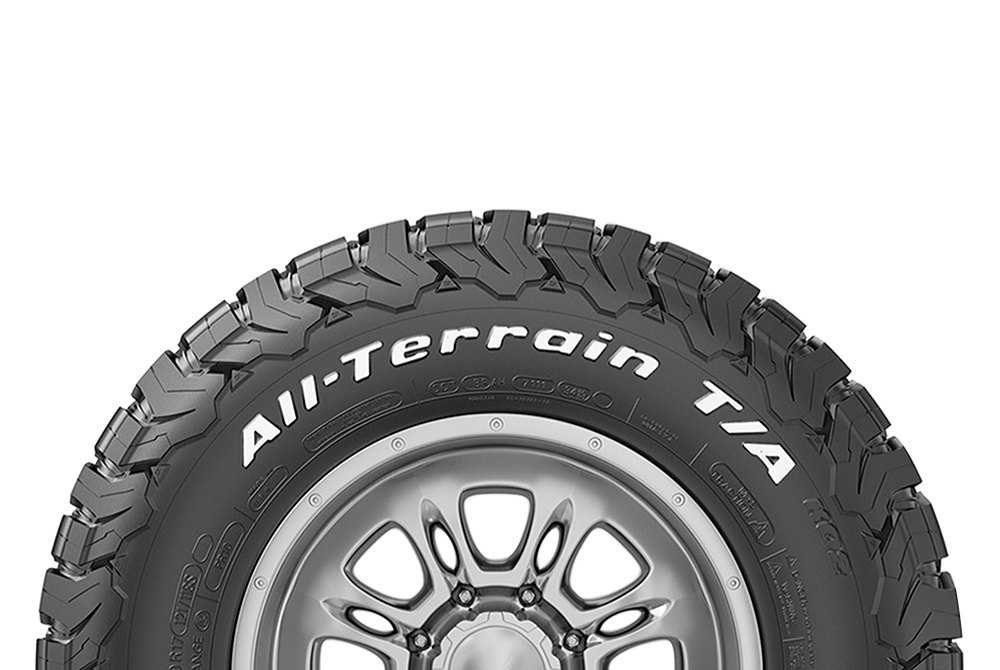 Its tires are from the early 1970's, and they look perfect. They hold air and show no signs of dry rot or deterioration. However, due to the age of the tires, they are not safe for driving. Luckily, we offer many tires that can perfectly replicate the vintage look of this period correct hot rod.
Its tires are from the early 1970's, and they look perfect. They hold air and show no signs of dry rot or deterioration. However, due to the age of the tires, they are not safe for driving. Luckily, we offer many tires that can perfectly replicate the vintage look of this period correct hot rod.
A confusing aspect of determining the age of a given tire is the fact that Coker Tire builds new tires in authentic molds. Using Firestone Wide Oval tires as an example, this tire product line was used on muscle cars from 1967 to 1974, and we have been producing the same tires since the 1980’s. The differences? Today’s U.S. D.O.T. requirements mandate that each tire has a unique Tire Identification Number on both sidewalls (inboard and outboard) of the tire, as well as safety information that is typically in fine print somewhere on the sidewall.
Otherwise, you’ll need to take a closer look at the Tire Identification Number to determine the date that they were produced. Tires built before 2000 featured a three-digit date code at the end of the Tire Identification Number.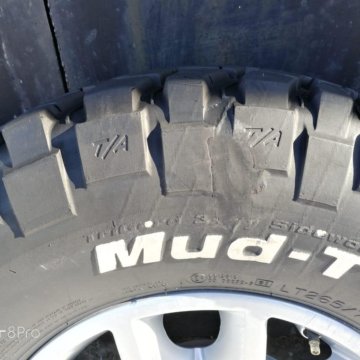 The first two digits of the date code tell you the week that the tires were built, and the last digit tells you the year. For example, a date code such as 306 would let you know that the tire was built in the 30th week of a year ending in 6. There could be confusion of whether the digit refers to 1976, 1986 or 1996, so let’s dig a little deeper.
The first two digits of the date code tell you the week that the tires were built, and the last digit tells you the year. For example, a date code such as 306 would let you know that the tire was built in the 30th week of a year ending in 6. There could be confusion of whether the digit refers to 1976, 1986 or 1996, so let’s dig a little deeper.
Sometimes you can easily determine which decade the tire belongs in based on the sizing nomenclature, brand or style. Let’s say you’re looking at an LR78-15 tire, using the same 306 date code we mentioned earlier. Based on the alpha-numeric sizing nomenclature, it would be our best guess that the tire was manufactured in 1976, as the now standard P-metric sizing (ex. P215/75R15) became more popular in the 1980’s. You could also expect this tire to be missing the standardized safety warnings on the sidewall and any type of tread wear indicators, as those features were mandated later than 1976. That’s just one example but you can see how certain styles or sizes can be quickly identified by decade.
For tires built after the year 2000, the date code features four digits, and most Tire Identification Numbers are now 12 digits instead of 10. The first two digits of the date code are the week of production and the last two are the year of production. This helps to clear up the single-digit year confusion that existed before 2000. So, a tire with a date code of 4817 was built in the 48th week of 2017. The bottom line is if you’re restoring a car that will be driven, it needs tires that are less than 10 years old. At Coker Tire, we've made great effort to eliminate the excuse of "they don't make that tire anymore" by manufacturing original style bias ply tires, using new materials. Sure, there are small differences, like the Tire Identification Numbers and the mandatory safety information, but in terms of size, style and brand, we’ve covered a 100-year span of vehicles to keep you on the road safely without being forced to use generic modern tires. We have also stepped into the radial tire market with several brands and styles that mix the vintage look of bias ply tires with the smooth ride quality of a modern radial.
Most of the time, it's pretty obvious when a tire is too old to be used. This crusty bias ply tire is obviously past the point of no return, but it does serve as a decent roller, while the car is in the shop. We do suggest using "rollers" (aka junk tires) to roll around the shop while a car is being restored. Then, when it's time to drive, order your tires, so that you can get the most use out of them. If you buy them in 2018, but the car is in the shop until 2021, you're that many years closer to the tire's expiration date.
Whether you choose bias ply or radial tires for your collector vehicle, tire age is an important detail that should not be ignored. If you have a question about your tires, or need to replace your expired tires, feel free to call Coker Tire at 1-866-516-3215 and a tire expert will be glad to help! You can also reach us by email, or live chat on our website. Dry rot, and cracking are obvious signs that your tires are too old for use.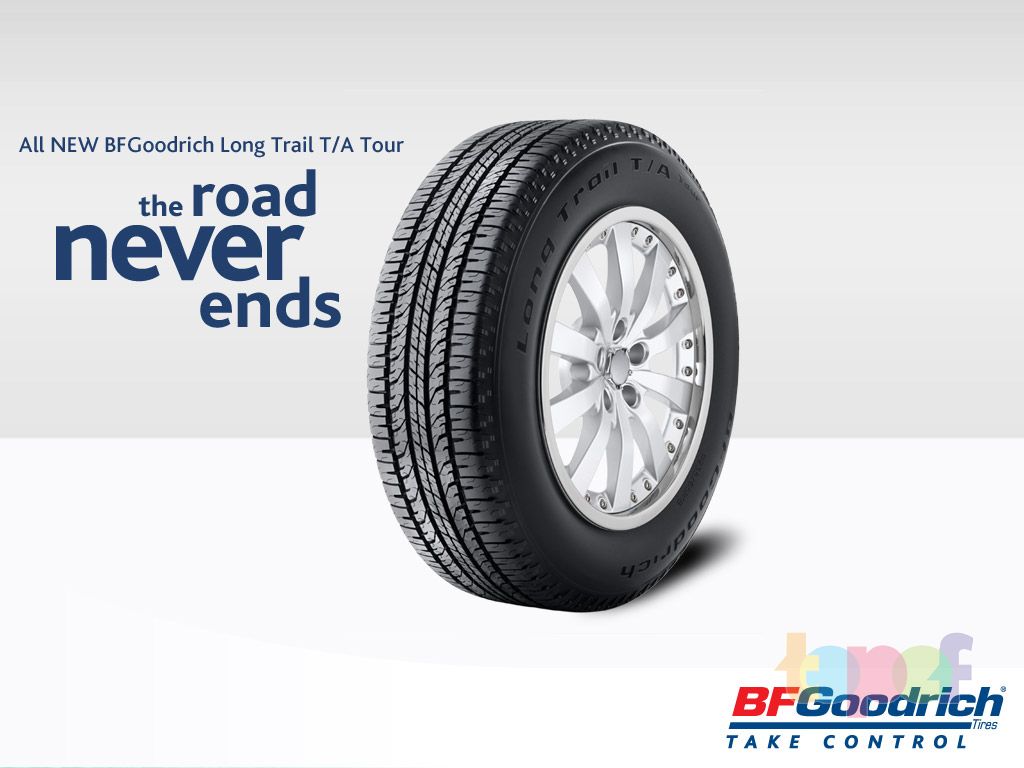 However, expired tires may not always have such obvious visual deterioration. Be sure to check those date codes before you take off in your collector vehicle!
However, expired tires may not always have such obvious visual deterioration. Be sure to check those date codes before you take off in your collector vehicle!
Determining tire age is easy! Each tire built after 1971 has a standardized Tire Identification Number (also known as a DOT number). The last four digits of the number (for tires built after 2000) give you the necessary information to determine the tire's age. This one was built in the 40th week of 2016.
It is not difficult to find out the year of manufacture of a tire. One careful look at the sidewall of the tire is enough to get the necessary information.
The year of manufacture of the tire is indicated next to other indicators in an oval frame. The whole series of these designations is called the Tire Identification Number. It carries information about the year of production, the batch of product with which this tire was released.
Contents
Starting from 2000, a four-digit number is indicated in the oval, which is the year of manufacture. The first two digits are the week number of the year, and the second two numbers are the year of issue itself. For example, if the sidewall of the wheel says - 2415, then this is the 24th week of 2015. If we are talking about tires manufactured before 2000, you need to act differently. The identification number of a tire produced before 2000 is calculated that it will not be used for more than ten years. That is why all information is encrypted differently. The last three digits of the number are the production date. The last digit is the date of the current decade. The penultimate 2 digits are the week number. And if we have a number - 258, then - the 25th week, the 8th year.
That is why all information is encrypted differently. The last three digits of the number are the production date. The last digit is the date of the current decade. The penultimate 2 digits are the week number. And if we have a number - 258, then - the 25th week, the 8th year.
Yes! Everything has its own expiration date and use. Tires are far from an exception. 3 years is the standard for absolutely all tires of any kind. For its storage, special conditions are necessary, since the rubber compound, over time, may lose its properties. Loss of elasticity gives cracks throughout the wheel, from which riding on such a tire becomes unsafe. Even if the tires were stored in compliance with absolutely all standards, but for a period of more than three years, this does not give a reason not to check it for integrity. In order to protect yourself and others, you must check the date of manufacture of the tire before purchasing it.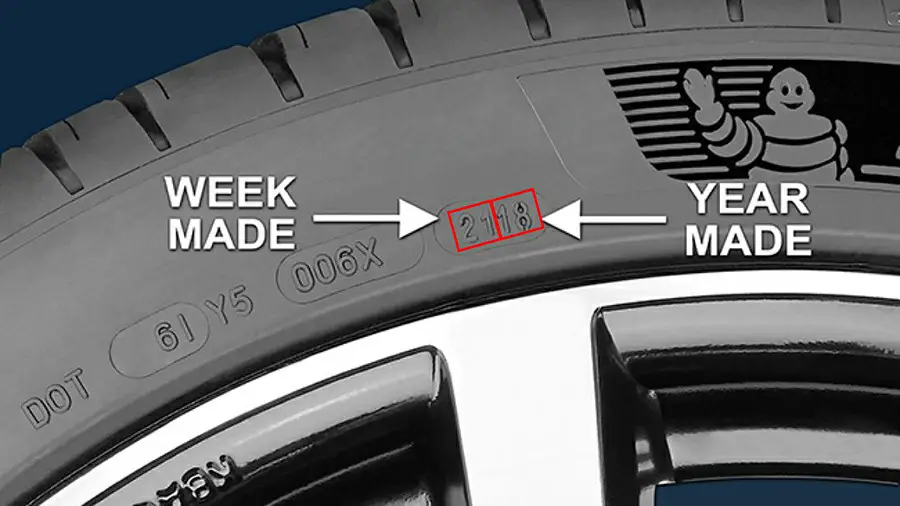
Unfortunately, the sellers go to any tricks to sell their goods, and even assure that this is absolutely not the right indicator.
Not uncommon, in the markets you can find a product from past seasons. Such tires are bought in bulk for resale in other markets marked - "New". And everything would be fine, but such methods of sales lead to many factors that adversely affect the quality of the product. The problems are - the storage conditions of tires and their transportation from the place of their sale to the resale markets.
Everyone must find out for himself when exactly it is time to change it. We must not forget that a tire is a mixture of various chemical elements, which can be influenced by factors of various types. From driving speed and driving style to climate. Loads can be completely different, so their time can vary and it is impossible to predict it.
It is necessary to regularly inspect the wheels, both on your own and use the help of specialists in tire centers or seek help directly from the supplier, who will be able to point out exactly the faults, if any. This rule applies to passenger car tires, as well as to trucks and public ones. Don't forget about the spare too.
This rule applies to passenger car tires, as well as to trucks and public ones. Don't forget about the spare too.
After 5 years of operation, tire diagnostics should be carried out at least once a year.
It is very important to pay attention to any changes in the car such as:
Professional diagnostics will help you decide on the condition of the tires, whether they should be repaired or replaced altogether.
You can absolutely say for sure - It is impossible to predict the end of the operational life of a tire only with the help of a calendar, since they do not have an exact expiration date. But the fact remains unchanged that the older the tire, the more it becomes unusable, defects appear, changes that affect its condition.
If there are doubts about the quality of the tire after a certain period of use, the best solution is to replace the entire set together with the spare wheel. On the last, you should pay as much attention as possible. Due to long-term uselessness, and not always proper storage, it may become cracked, which is the first sign
On the last, you should pay as much attention as possible. Due to long-term uselessness, and not always proper storage, it may become cracked, which is the first sign
Pay attention to the tire manufacturer. Big companies spend a lot of effort doing a lot of research on tire wear and life. A company like Bridgestone owns a large number of research and scientific centers around the world.
If we are talking about buying a used product, then you should pay attention to the wear of the protectors and appearance. Check for cracks.
Well, the last point - Check the tire for signs of repair, scuffs and bumps at the base of the rim. So you can check how it was used before you and how it was stored in warehouses.
Don't know how old your tires are and don't know where to find the date of manufacture of tires? Don't worry - this is a common problem. We can show you the date of manufacture of a tire and teach you how to quickly find out the date of manufacture of your tires.
Contents
If you look closely at each of your tires, you'll see a bunch of letters and numbers. While this may just look like confusion, it's actually useful information. Look for a number that begins with the letters "DOT" followed by a series of 10-12 characters. This code, which is required by the US Department of Transportation (DOT) and applies worldwide, will tell you a few things:
For year 2000 tires
Date of manufacture is the last four digits of the DOT code. The first two digits are the week of manufacture and the last two digits are the year. For example, if the last four digits of the DOT code are 0203, this means that the car tire was manufactured during the second week of 2003.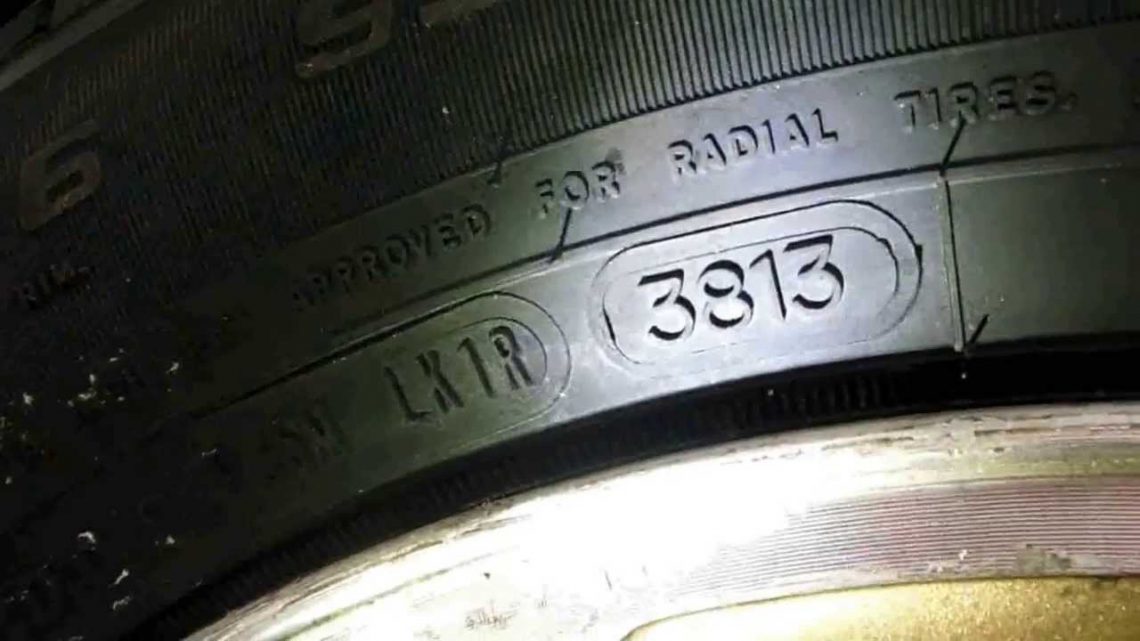 Pretty simple, right? However, if your tires were made before 2000, things get a little more complicated.
Pretty simple, right? However, if your tires were made before 2000, things get a little more complicated.
The date of issue is the last three digits of the code. The first two digits refer to the week in that year. For example, if the last 3 digits are 022, this means that the car tire was produced in the second week of the year, and the year is the second year of the decade. Here's where it gets confusing - there's no universal identifier that specifies which decade, so in this example, the tire could have been made in 1982 or 1992. Some tires have a small triangle following the DOT code to indicate 1990s.
If you look at the sidewall of the tires and see a DOT number that seems incomplete, it's because current DOT regulations require the entire number to be on only one sidewall, while only the first few digits are on the opposite sidewall. To see the entire DOT number, just look at the other side wall.